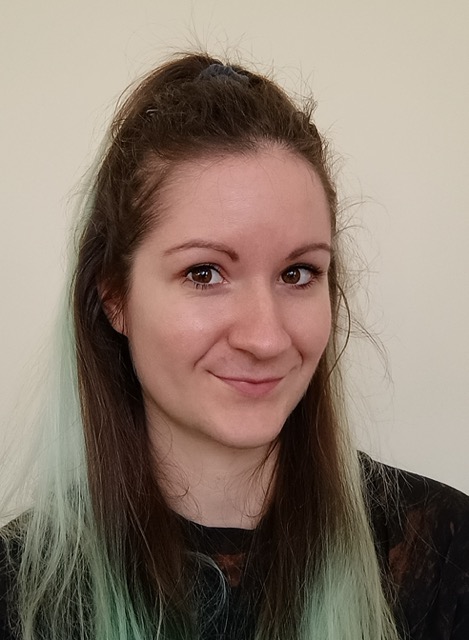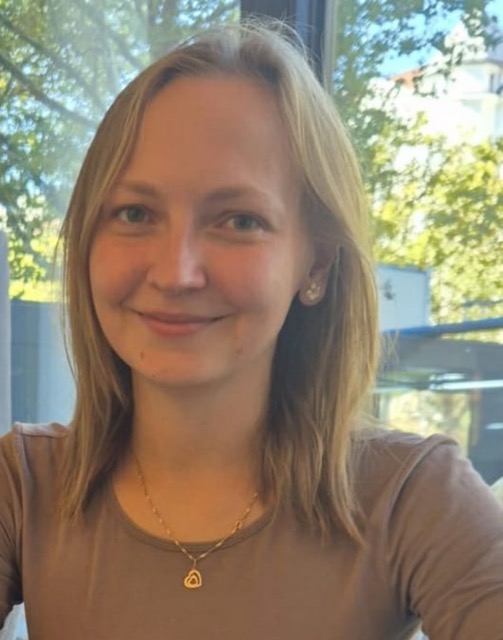Voice In, Clarity Out
Ever get those super long voice messages from friends or family and think "ugh, not another one"? Sure, you can blast through them at 2x speed, but let's be real - who wants to sit through all those "umm"s and random stories? That's where our project comes in handy: we're building this cool product that takes those rambling voice messages, uses AI to cut out all the fluff, and gives you back a clean, short summary. No more wasting time on voice messages that could've been much shorter!
Our Goal
Features
So, let’s break down what our software can actually do. First up, our software provides an integrated transcription-and-summarization service via a single endpoint, delivering both a full transcript of your audio and a concise summary. This all-in-one approach streamlines the process, eliminating the need to handle transcription and summarization separately. However “transcribe” and “summarize” can still be called separately, if need be.
For a more focused overview, the keywords feature extracts and highlights the key points of your content. When a specific level of detail is required, the custom-length summary option lets you determine the length of the summary.
Getting started is straightforward: simply record a new audio clip or upload an existing file, then let our API handle the rest. Think of it as an AI-driven personal assistant that efficiently condenses your audio content—minus the hassle of manual editing.
Process
Our project began when Professor Tobias Lenz introduced the initial concept, prompting us to establish a GitHub repository and organize our tasks using a Kanban board for effective workflow management. We conducted an extensive review of existing AI models to ensure we were not duplicating efforts. After gaining insight into the landscape, we formulated our project plan and selected a technology stack optimized for our goals.
Adhering to an agile methodology, we held regular weekly meetings to review progress, test new iterations, and refine our solution. This iterative approach allowed us to rapidly incorporate feedback and make adjustments as necessary, ensuring the final product was both robust and user-friendly.
Team






